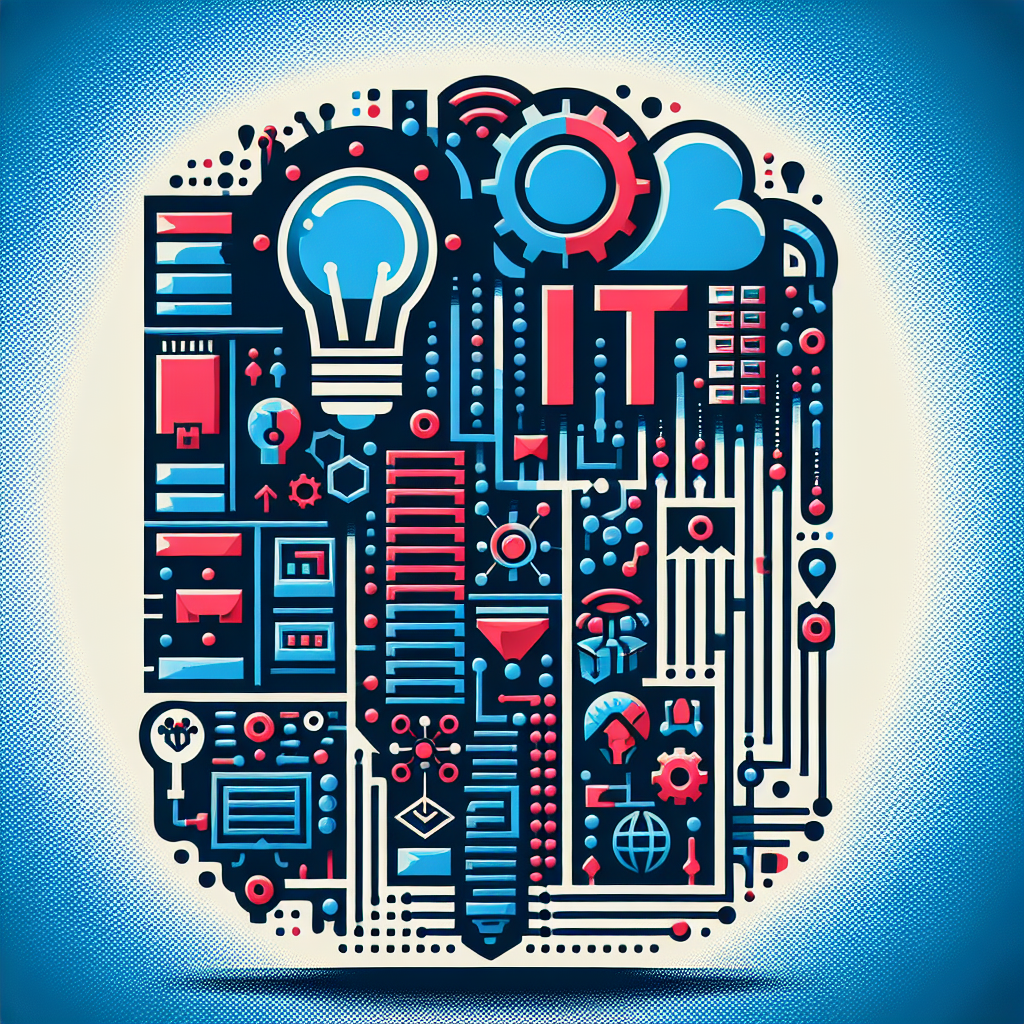As we enter 2025, three key trends that dominated 2024 are set to continue shaping our future. These areas are generative AI, the future of the green economy with a focus on renewable energy and CO2 emission minimization, and quantum computing. Let’s delve into each of these transformative fields.
Generative AI: A Powerful Tool in Skilled Hands
The rise of generative AI in 2024 was driven by advancements in large language models (LLMs) like ChatGPT and Gemini. Beyond text, projects like DALL-E and SORA extended AI capabilities into generating video, audio, and large-scale formats. One of the most intriguing possibilities has been the generation of feature-length films without actors or traditional, expensive production processes.
However, this progress has sparked significant public debate. Job displacement across creative and technical fields—including copyright writers, marketers, journalists, programmers, and even actors, scriptwriters, and directors—has become a growing concern. While the potential of generative AI is awe-inspiring and has captured investors’ attention, the flood of AI-generated content has not necessarily translated to increased quality or audience engagement. Users often find such content to lack authenticity, creativity, and novelty, resulting in lukewarm or even critical reception.
Nevertheless, high-quality AI-generated content crafted by skilled individuals or teams has shown what’s possible when human expertise combines with AI tools. The art of prompt engineering and the integration of human creativity and knowledge elevate AI to a powerful tool rather than an autonomous solution. As we move forward, the dream of effortless passive income from generative AI may face a reality check, with success favoring those who skillfully wield this technology.
Green Economy: A Redefinition on the Horizon
The push for a green economy, characterized by aggressive transitions away from nuclear and fossil fuel power plants, and the rapid adoption of renewable energy sources like wind and solar, has faced significant challenges. While this vision is laudable, it has often been overly ambitious without sufficient scientific or technical backing.
The intermittent nature of wind and solar power cannot be resolved through administrative policies or political decisions. End-users bear the consequences through energy shortages and high costs. Moreover, as MilovanInnovation has previously discussed, the existing energy infrastructure is not yet equipped for such a rapid transformation. Effective solutions for energy storage and the management of surplus and deficit energy on large scales remain underdeveloped.
In 2024, we witnessed serious political repercussions for governments promoting overly aggressive green agendas. Many administrations with strong environmental policies fell from power, replaced by proponents of traditional energy approaches. This shift reflects growing skepticism about the feasibility and necessity of renewable energy sources and environmental measures.
Despite these challenges, the need for a responsible approach to Earth’s resources remains vital. A balanced perspective is essential to avoid extremes and ensure a sustainable future. In 2025, we anticipate a redefinition and cooling of the green energy agenda, with hope that scientists and engineers will receive the necessary funding to develop new and better solutions, particularly in energy storage and management.
Quantum Computing: A New Space Race
Quantum computing made significant engineering breakthroughs in 2024, capturing the public imagination and attracting investor interest. The global geopolitical climate, characterized by tensions often dubbed Cold War 2.0, has transformed the development of quantum computers into a modern space race.
Applications such as cryptographic code-breaking and secure communication have already suggested aggressive uses and potential abuses of quantum technology. These systems, theoretically capable of outperforming classical computers by orders of magnitude, remain in their infancy. Most current quantum computing projects are essentially experimental setups requiring substantial practical refinement before widespread deployment.
While we expect further progress in quantum computing in 2025, breakthroughs may fall short of investor and defense ministry expectations for immediate, tangible applications. Nonetheless, the field’s long-term potential remains enormous, and continued advancements are inevitable.
A New Year’s Message
As we begin 2025, MilovanInnovation extends warm wishes to all our readers. May this year bring you success, fulfillment, good health, and happiness. We hope you continue visiting our site as we navigate the challenges and opportunities of a rapidly changing world. Let us believe in a brighter tomorrow, together.


Leave a Reply